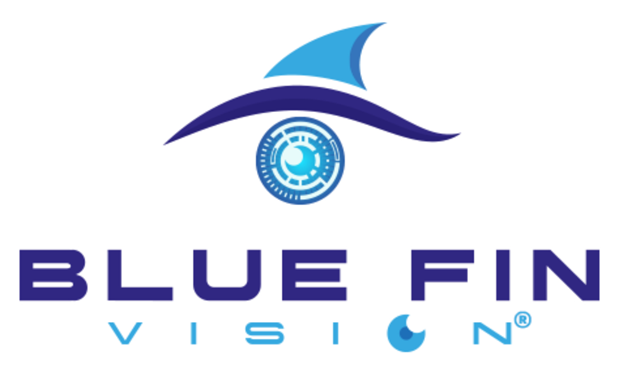The Position of Advanced Lens Implants in Vision Correction Surgery
The Position of Advanced Lens Implants in Vision Correction Surgery
Blog Article

Improvements in ophthalmology have revolutionized the way we correct vision. From laser-based procedures to intraocular Lens alternatives, patients nowadays have a wide variety of choices tailored for their specific aesthetic needs. Among the most distinguished procedures are LASIK.Each technique acts a particular purpose and is suited to different age ranges, Eye situations, and lifestyle preferences.
Lens Replacement Surgery and Refractive Lens Exchange are directly related practices applied largely for individuals over 40 who are experiencing presbyopia or are not great prospects for laser vision correction. In that treatment, the normal Lens of the eye is replaced having an artificial intraocular Lens (IOL) to enhance emphasis and reduce dependence on glasses or contact lenses. It is especially very theraputic for individuals with large refractive errors or those buying long-term answer that also eliminates the risk of future cataract development.
ICL Surgery involves the implantation of a soft, flexible Lens behind the iris and before the normal lens. Unlike Lens Replacement, ICL doesn't remove the normal Lens, rendering it a reversible procedure. It's highly suited to young individuals with slim corneas or individuals with average to large levels of nearsightedness who are not great individuals for LASIK or PRK. Among the critical features of ICL is the storage of corneal muscle, which may be important for long-term ocular health.
Cataract Surgery is frequently done once the natural Lens becomes clouded, usually because of aging. During this method, the gloomy Lens is removed and replaced with a definite IOL. Technological advances have made cataract surgery better, faster, and more specific, often enhancing equally perspective quality and overall quality of life.
Laser Eye Surgery, including LASIK, continues to be certainly one of typically the most popular techniques for solving refractive problems such as myopia, hyperopia, and astigmatism. LASIK involves reshaping the cornea employing a precise laser to allow mild entering the eye to be correctly aimed onto the retina. The results are on average quick, and recovery situations are short. LASIK is great for patients with secure prescriptions and ample corneal thickness.
Choosing the right perspective correction method is dependent upon many facets, including era, prescription, corneal health, lifestyle, and particular expectations. An extensive Eye examination done with a competent ophthalmologist is important in determining probably the most ideal therapy path.
In conclusion, contemporary perspective correction procedures are secure, effective, and highly customizable. If you are looking to remove your dependence on helpful lenses or handle age-related changes in perspective, today's sophisticated medical possibilities provide reliable and lasting results. With the best evaluation and advice, obvious vision can be a fact for a wide variety of individuals. Report this page